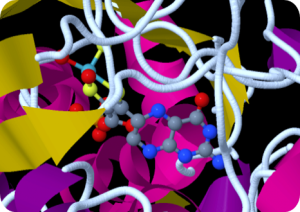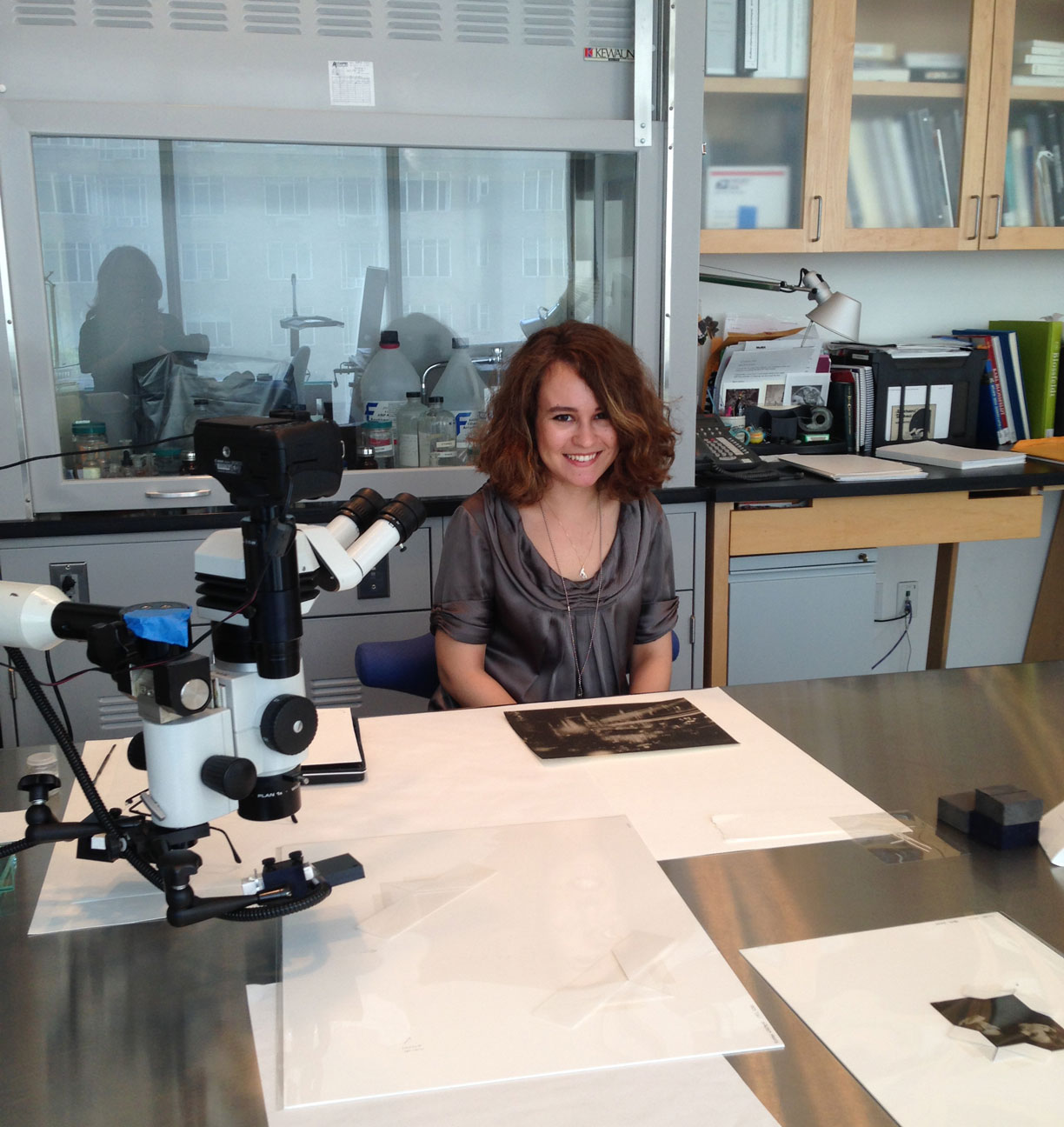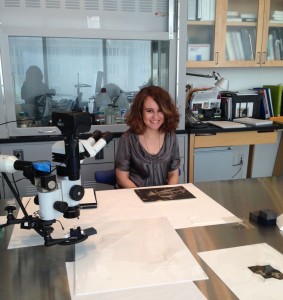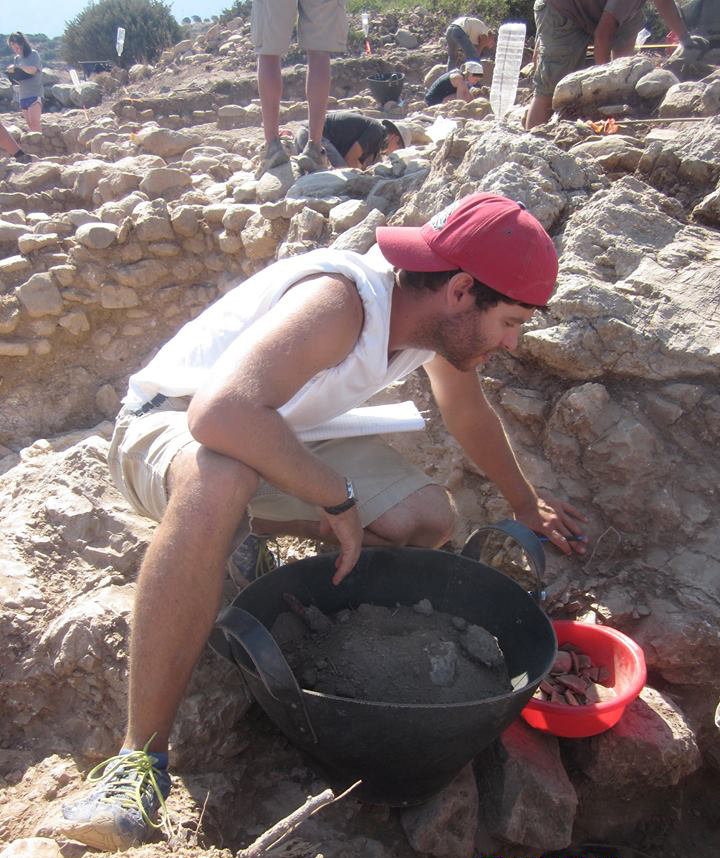This year’s Whiting Fellows in the Humanities are Maeve Doyle (History of Art) and Johanna Best (Classical and Near Eastern Archaeology). The Graduate Group in Archaeology, Classics and History of Art celebrated the recipients at its annual Whiting Fellows Presentation, October 21, 2014. The Fellows presented on their dissertation research and answered questions from a lively audience.
Category Archives: Current Students
Douglas Gisewhite presents at the American Chemistry Society, Central Regional Meeting
Douglas Gisewhite (Chemistry) presents the findings of research completed with fellow graduate student Ben Williams and Prof. Sharon Burgmayer at CERM 2014, held in Pittsburgh Oct. 29 – Nov. 1. The title of his talk is “Controlling Pyran Cyclization in Molybdenum Pyranopterin Dithiolene Complexes: It’s… Dielectric.”
Doug expects that the team will publish their results in the coming term.
Lori Felton (PhD candidate, History of Art) publishes essay on Egon Schiele

A new exhibition of works by the famous Austrian artist Egon Schiele has just opened at the Neue Galerie in New York. “Egon Schiele: Portraits” is the first exhibition to focus exclusively on the enigmatic and distinctive portraiture of the artist; it was organized by Schiele scholar Dr. Alessandra Comini.
Bryn Mawr PhD candidate Lori Felton penned an essay for the exhibition catalogue, entitled “Seeing the Self-Seers: The Viewer’s Role in Egon Schiele’s Early Double Self-Portraiture.”
The exhibition is on view now through January 19, 2015.
Summer Internship Spotlight: Mechella Yezernitskaya
This past summer, Mechella Yezernitskaya (History of Art) was the Thomas Walther Collection Research intern in the Photography and Conservation departments at the Museum of Modern Art in New York. Above she can be seen studying a Roman Karmen photograph, entitled Moscow Illuminations Celebrating the Tenth Anniversary of the Russian Revolution (1927), in the Photo and Paper Conservation lab at the museum.
Summer Internship Spotlight: Matthew Jameson
This summer Matt Jameson (M.A. 2014) participated in the archaeological excavations at Gournia on the Mirabello Bay in Eastern Crete. Gournia is a Bronze Age site that was first excavated by Harriet Boyd in 1901. The project was run through the University of Buffalo, with a permit from the American School of Classical Studies in Athens. The project director was Professor Vance Watrous out of the University of Buffalo, and the field director was Matt Buell, a recent PhD student also from the University of Buffalo. The group used the facilities at INSTAP (Institute for Aegean Prehistory) in East Crete as the research center for the project, where all finds from the field were taken for analysis.
Matt served as one of the trench supervisors for the project; his role was to oversee five students and supervise the activities going on within the trench. In total, his group excavated four trenches, covering an area of approximately 42 square meters. Supervising the trench entailed keeping a daily notebook recording any and all daily activities in the field including daily drawings and recording of finds/elevations, and a final report for each trench at the end of the season. The aim of his group’s excavation (there were excavations in a number of different areas of the site, each with different research questions and goals) was to explore the industrial areas at the northern border of the site.
At the INSTAP research center Matt worked with the floatation team, helping supervise a number of students in the processing of soil samples from the field. This entailed the flotation process, where the soil samples were “cleaned” and sorted into the heavy residue and the vegetal material, and the sorting of the heavy residue samples – where the nondiagnostic material was separated from the more diagnostic finds such as marine shell, bone, etc. His team put in many hours over the course of the project, working six days a week with only Saturday afternoon and Sunday off. In total, the project comprised 107 members, including students and senior staff, all of whom stayed in the village of Pachia Ammos on the coast directly to the east of the site.
For more information about the Gournia dig, check out:






